......As 64Ranchero200 noted, an electric pump is an option verses the mechanical fuel pump issues.
As for my 1981 Mustang 3.3 and 1984 Facon 4.1, yeah, the Carter fuel pump diaphram failed, and let fuel right into the sump. Its got some issues for sure when that happens. If using an electric pump, you then have to look at some really good Ford safety provisions so you don't pump raw gas into the engine bay in an accident. There is an inertial cutout used on the CFI and EFI Fords, a great idea for any electric pump Ford. You can bypass it manually.
https://www.youtube.com/watch?v=FhP9vZJSqsA

this is the fuel pump inertia switch.
these could be in MANY places depending on the year and exact model.. in the trunk on the left or right hinge brace.. in the trunk down in the wheel well.. usually with a hole in the plastic panel to push the button through...
could be in the left kick panel in the drivers foot well... look for a hole where the parking brake release is.. or the hood release.. in the panel to the left of your left leg when sitting in the driver seat.. and the hole is usually flat.. like one in a pool table..
Read more:
http://forums.mustangandfords.com/50...#ixzz41MWjLzRu
The second major is. Any time an electric fuel pump is used, you have to decide how your going to do it CORRECTLY to eliminate emergency and 1/4 empty tank issues. You have to ask yourself, Do I fell lucky, Punk?.
It its a Hi Pressure EFI tank swap, its easy. Run a Mallory Hi Pressure Return Line Fuel Pressure Regulator like #29388, and wind the line pressure at the carb down to 3.5 psi tops, and have a return line fitted.
You must address some engineering issues the same way Ford did in the USA in 1980, and Ford Australia in 1982.
If the in tank pump outputs in the Lo 6-8 PSI range and yhen feeds the frame mounted pump, which is the hi pressure pump (approx 40 PSI), then you can just remove the Hi pressure pump, and use the in tank pump, running it to a pressure regulator to get it down to the 3-5 PSI needed for a carb. Job done. Sometimes, a return line is a good idea if hot fuel handling is an issue.
In Australia, Ford used the same fuel tank in station wagons and utlity pickups from 1966 to 1997. So they retrofitted the same US CFi special LO/HI system, same as the Fox and Panther CFI V6's and V8'S. The reason for the
Lo pressure pump is that Ford knew it would need a Stillage/Surge Pot for an in steel tank Hi pressure pump.
A High pressure pump
cannot self-prime (cannot generate net postitive suction head).
The Lo pressure Lift pump to Hi pressure external pump makes sure there is a constant flow of fuel to the high pressure pump on stock steel tanks, no re-engineering required.
Ford refused to re-engineer
any passenger car tank untill they could make EFI manadatory. The CFI 5.0 1980-1985 Panther/ CFI 5.0 1981-1984.5 Fox/ EFI4.1 and CFI 3.2/3.9 1982-1991 Aussie Falcon steel tank system is the least you sould ever use when an electric pump is fitted.
Are you going to use the stock pickup in the tank? If YES, you have to cover off the net postitive suction head issues.
If the tank is NOT to be opened up and have a stillage/swril pot fitted, then you HAVE to copy the CFI 1980-1984 Fox/Panther LO/Hi Ford unit, and have an outside Hi pressure with an intank tank staging pump.
Or you will risk the four bad works of non EFI gasoline tanks below
Ford Australia did this for all station wagons with the metal tank from 1983 to 1991.
Normally, Ford use a swirl pot or stillage pot.
No exceptions. The reason for this is that
1. at 1/4 of a tank and below, there is a severe risk of dangerous fuel starvation in gradient or moderatly mobile situations.
2. On my Exlplorer, a situation like that could cause being stranded on my steep driveway, or
3. on an offroad trail.
4. In hard cornering or
emergency situations, same issue.
When, for instance, the sensortrac four wheel drive kicks in, its the same deal, possibility dangerous a momentary starvation.
The glib response from
all other EFI and electric fuel pump appliers is the same, to "just don't let the tank get below 1/4 fill",
That is
not an answer.
The reason people generally give that answer is they don't want to be the one dropping or swapping a fuel tank and applying a LO/HI system or well designed HI pressure stillage/swirl pot, and then potentially welding it up again.
http://www.xfalcon.com/forums/index....oject-into-xe/
http://vb.foureyedpride.com/showthre...-a-carb-set-up
http://vb.foureyedpride.com/showthre...stang%29/page2
http://forums.justcommodores.com.au/...side-tank.html






 Reply With Quote
Reply With Quote




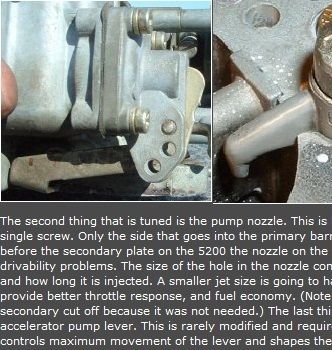
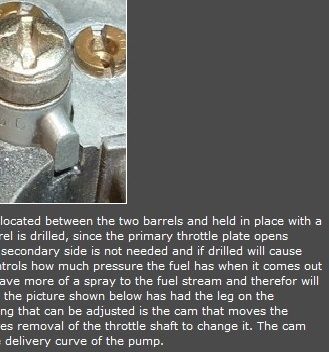
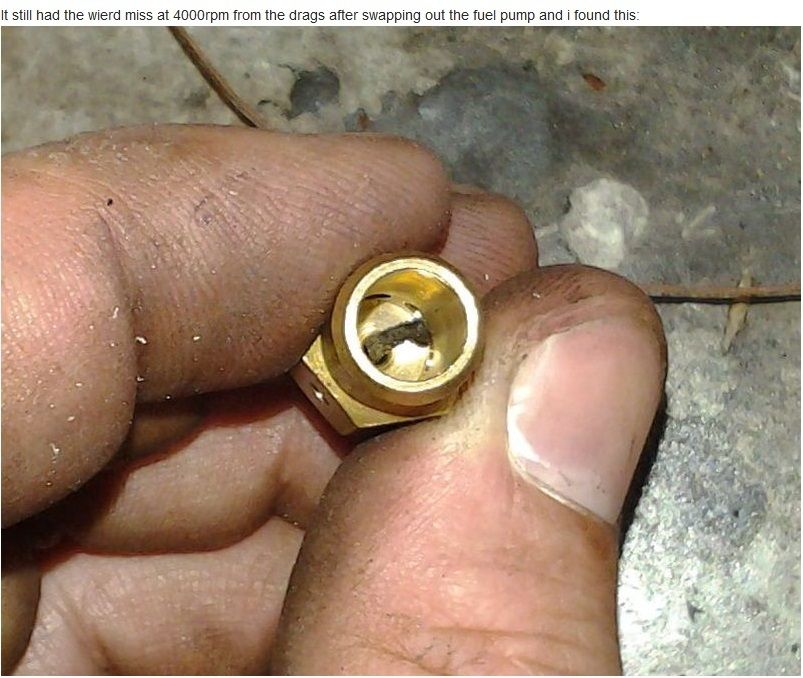


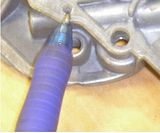
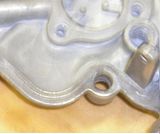
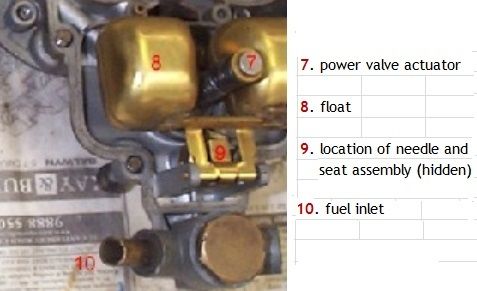
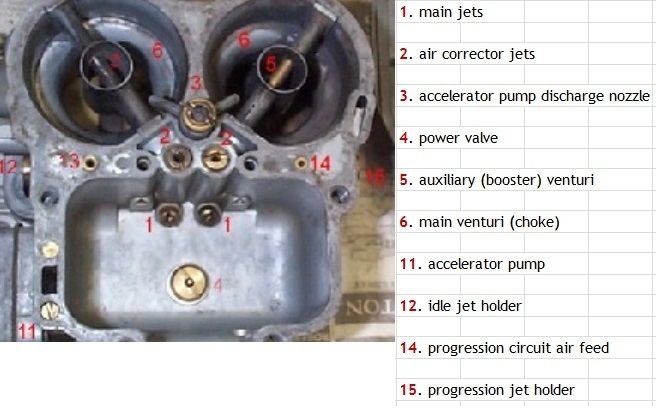


Connect With Us